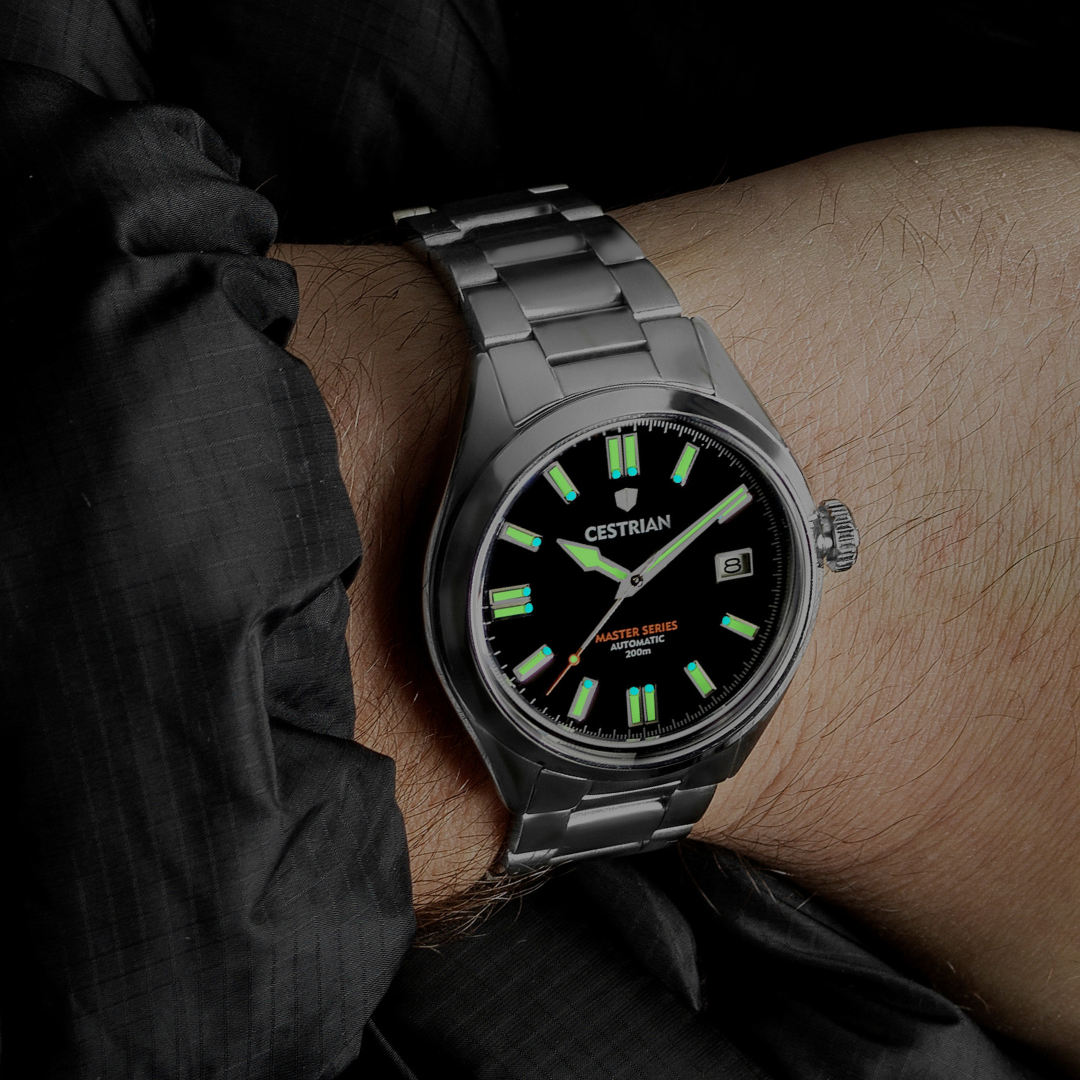The NATO strap is equally at home amidst urban landscapes and rugged terrains, having been embraced by soldier and watch-enthusiasts alike, it defines the true meaning of adaptability. Join us on a brief journey through the history of the NATO strap and witness its evolution from utilitarian roots to a diverse and ever-changing design landscape.
Origins in Military Utility
The NATO strap made its first appearance in 1973 under the British Ministry of Defence (MoD). Initially, only one version was available in a distinct shade known as admiralty grey. Known as the G-10, it was a mandatory accessory for British Special Forces personnel, who had to complete a G-1098 form to obtain it. Engineered to endure the rigorous demands of military life, the strap was required to be sturdy, reliable, and resilient in harsh environments.
Below is an extract of British MOD requirements for the NATO strap.

Simple Yet Ingenious Design
What sets the NATO strap apart from traditional watch bands is its simple yet ingenious design. Crafted from durable nylon fabric, the 20mm nylon band was light, breathable, and kept the wearer’s watch from sliding around their wrist. The strap features a single-piece construction with multiple layers for added strength. Unlike conventional straps that attach directly to the watch case, the NATO strap threads through the spring bars, creating a secure loop around the wrist even if one spring bar fails.
Evolution of Style and Function
Over the years, the NATO strap has undergone a remarkable evolution in both style and function. While its original purpose was purely practical, the NATO strap has since transcended its military origins, onto the silver screen and now upon the wrists of many.
Sean Connery played a pivotal role in popularising the NATO strap through his iconic portrayal of James Bond in the 1962 film "Dr. No." In one of the movie's most memorable scenes, Connery's Bond wears a Rolex Submariner paired with a striped nylon NATO strap. This cinematic moment catapulted the NATO strap into the spotlight, sparking a trend that transcended its military origins and made it a coveted accessory among watch enthusiasts and fashion aficionados alike.
Below is the nylon strap on the famous Rolex Submariner ref. 6538, iconic James Bond's watch.

Introducing the Cestrian Field Series NATO
Now the NATO finds itself as the centrepiece of our new Field Series launch, the Field Series proudly introduces a refreshed take on the classic NATO strap.
Our latest collection embodies the essence of versatility and style, offering a choice of grey, black, navy, or green dial options to suit every taste. Blending rugged durability with refined elegance, making them the perfect companion for any adventure, whether it's a casual weekend outing or a formal occasion.

Designed with meticulous attention to detail, the green and black variants feature a sleek black PVD stainless steel case with a sand-brushed finish. This PVD (Physical Vapour Deposition) plating not only enhances the aesthetics but also significantly improves the performance of stainless steel. By increasing wear, scratch, and corrosion resistance, this advanced technology ensures that your timepiece retains its pristine appearance even after enduring rugged terrains and challenging environments.
The Cestrian Field Series on a NATO strap is available to order now here.



